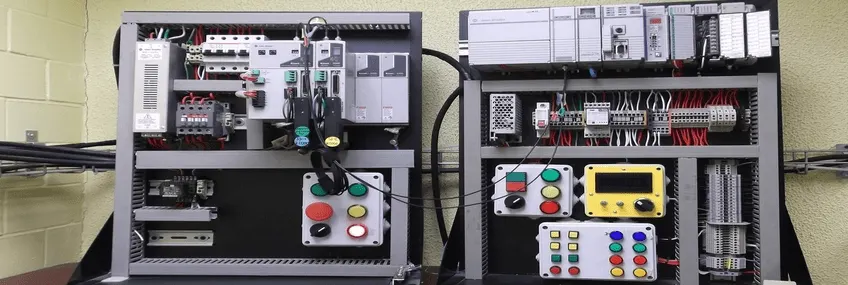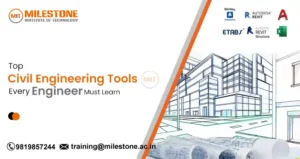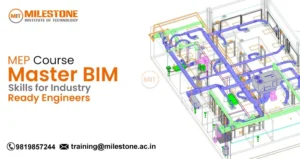
 PLC AUTOMATION TOOL – PROGRAMMABLE LOGIC CONTROLLERS
PLC AUTOMATION TOOL – PROGRAMMABLE LOGIC CONTROLLERS
The word “Industrial automation” implies automatically working organizations, which make use of programmable logic controllers (PLC AUTOMATION TOOL).
The Hydramatic Division of the General Motors Corporation specified the design criteria for the first programmable controller in 1968. Their primary goal was to eliminate the high costs associated with inflexible, relay-controlled systems. The specifications required a solid-state system with computer flexibility able to (1) survive in an industrial environment, (2) be easily programmed and maintained by plant engineers and technicians, and (3) be reusable. Such a control system would reduce machine downtime and provide expandability for the future.
The first programmable controllers were more or less just relay replacers. Their primary function was to perform the sequential operations that were previously implemented with relays. These operations included ON/OFF control of machines and processes that required repetitive operations, such as transfer lines and grinding and boring machines. However, these programmable controllers were a vast improvement over relays. They were easily installed, used considerably less space and energy, had diagnostic indicators that aided troubleshooting, and unlike relays, were reusable if a project was scrapped.
Today’s PLC are capable of communicating with other control systems, providing production reports, scheduling production, and diagnosing their own failures and those of the machine or process. These enhancements have made programmable controllers important contributors in meeting today’s demands for higher quality and productivity. Despite the fact that programmable controllers have become much more sophisticated, they still retain the simplicity and ease of operation that was intended in their original design.
The future of programmable controllers relies not only on the continuation of new product developments, but also on the integration of PLCs with other control and factory management equipment. PLCs are being incorporated, through networks, into computer-integrated manufacturing (CIM) systems, combining their power and resources with numerical controls, robots, CAD/ CAM systems, personal computers, management information systems, and hierarchical computer-based systems. There is no doubt that programmable controllers will play a substantial role in the factory of the future.
This knowledge will help you better understand customer applications. In addition, you will be better able to describe products to customers and determine important differences between products. You should complete Basics of Electricity before attempting Basics of PLCs. An understanding of many of the concepts covered in Basics of Electricity is required for Basics of PLCs. In addition, you may wish to complete Basics of Control Components. Devices covered in Basics of Control Components are used with programmable logic controllers.



